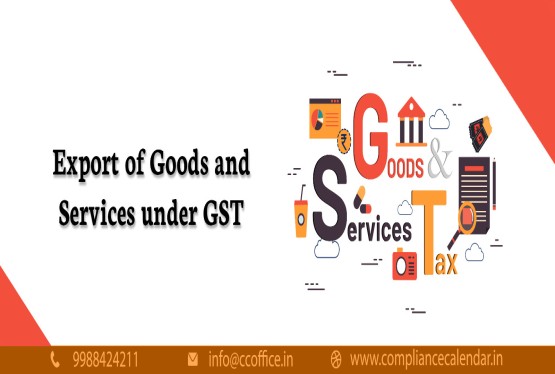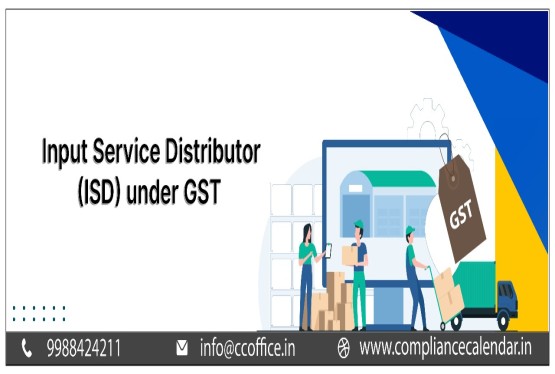The introduction of the Goods and Services Tax (GST) in India marked a revolutionary reform in the country’s indirect taxation system. Launched on July 1, 2017, GST replaced a complex web of taxes such as VAT, service tax, excise duty, and others with a streamlined, unified tax structure. A key element in this system is GST Registration, which allows a business to legally collect GST and avail itself of countless benefits under the law. However, merely applying for registration is not enough—it is equally important to check GST registration status online to ensure that one remains compliant, operational, and trustworthy in the eyes of stakeholders. Knowing the various facets of GST registration status, including its meaning, evolution, benefits, and how to verify it online, empowers taxpayers to navigate the tax ecosystem with confidence.
Meaning of GST Registration Status
GST registration status refers to the current state or stage of a taxpayer’s registration under the Goods and Services Tax system. When a business registers for GST, the application undergoes multiple checks before final approval. The status could range from "Pending for Verification" to "Approved," "Rejected," or even "Cancelled."
This status isn't just an administrative label—it has real-world implications. A business with an active GSTIN (Goods and Services Tax Identification Number) is authorized to collect taxes from customers and claim input tax credits. Conversely, a rejected or cancelled status can halt operations and invite penalties if not addressed promptly.
Evolution of GST Registration and Status Monitoring
Before the implementation of GST, India’s tax structure was fractured. Multiple registrations had to be obtained for different tax types—central excise, VAT, and service tax—all governed by separate rules, portals, and authorities. This led to inefficiencies, corruption, and increased compliance costs.
The GST regime unified these under a single umbrella. It not only introduced one tax but also digitized the entire process. Registration, status monitoring, return filing, refunds, and audits are now managed through the GST portal (www.gst.gov.in), reducing paperwork and increasing transparency. Over the years, features like Aadhaar-based verification, real-time PAN authentication, and AI-driven fraud detection have enhanced the credibility of the GST system.
As a result, checking the GST registration status online has become an indispensable tool for businesses and tax professionals alike, offering up-to-date information at the click of a button.
Online Process to Check GST Registration Status
The Goods and Services Tax Network (GSTN) has made it exceptionally easy to verify the registration status of any taxpayer or application online. Here’s a step-by-step explanation of how this is done:
To begin with, one needs to visit the official GST portal, www.gst.gov.in. From the homepage, the user must navigate to the “Search Taxpayer” option available in the top menu. This feature allows users to check registration details through different criteria, including GSTIN/UIN, PAN, or even the taxpayer’s name and state.
For the most direct approach, selecting “Search by GSTIN/UIN” allows you to enter the 15-digit identification number. After entering the CAPTCHA code and submitting the form, the portal instantly displays key details including the legal name of the business, the status of the registration (whether active, cancelled, or suspended), type of taxpayer (regular, composition, etc.), and the date of registration.
This straightforward process offers clarity not just for businesses checking their own status but also for customers or suppliers who want to verify the legitimacy of a business before engaging in any transaction.
Importance of Checking GST Registration Status Regularly
In the dynamic regulatory environment that governs taxation in India, it is essential for businesses to remain updated about their compliance standing. Checking GST registration status regularly helps ensure that your GSTIN is active and that you are authorized to issue tax invoices and file returns.
More importantly, in cases of new registrations, this check helps monitor the progress of your application. For instance, if your application is stuck at “Pending for Clarification” or “Pending for Verification,” you can take appropriate action or respond to notices from the tax department in a timely manner.
Businesses engaged in B2B transactions also benefit from status verification. By confirming the GST registration status of vendors or clients, they protect themselves from entering into contracts with non-compliant entities, which could otherwise lead to input tax credit denials or legal complications.
Regularly checking your GST registration status is not merely a formality, it is an important part of maintaining your business's operational integrity and reputation.
Benefits of GST Registration Status Awareness
The advantages of monitoring GST registration status are manifold. Firstly, it promotes transparency and accountability. A business that ensures GSTIN is active and accurate signals reliability to its stakeholders, including clients, suppliers, banks, and regulators.
Secondly, it minimizes the risk of penalties. Non-filing of GST returns or delayed submissions due to an inactive or suspended GSTIN can attract hefty fines. Real-time awareness of your status helps avoid such situations.
Thirdly, it facilitates hassle-free return filing. Since only active GSTINs can file monthly or quarterly returns, a lapse in status can disrupt the entire compliance process, affecting cash flow and tax credit availability.
Moreover, for e-commerce sellers, an active GSTIN is mandatory to continue listing on platforms like Amazon, Flipkart, and others. Status checks ensure that one’s business remains uninterrupted across such marketplaces.
Impact of GST Registration Status on Different Business Segments
The implications of GST registration status vary across business types but remain universally significant. For startups and small enterprises, securing an “Active” status is a milestone that enables them to legally operate, attract customers, and claim GST benefits. Any delays or rejections can hold up funding, contracts, and even operations.
Established businesses depend heavily on continuous compliance. A status change to “Cancelled” or “Suspended” due to a missed return or investigation can damage supplier relationships, lead to revenue loss, and hurt brand image.
In sectors like manufacturing or retail, where multiple supply chain transactions occur, even a single inactive vendor can disrupt the flow of input credits, increasing tax costs. Therefore, companies regularly monitor the registration status of not just themselves but their entire vendor ecosystem.
Freelancers and professionals offering taxable services also face challenges if their GSTIN becomes inactive. Payments can get delayed as clients may refuse to release funds without a valid tax invoice.
Thus, GST registration status is more than an administrative tag—it is a business enabler.
Troubleshooting Common Status-Related Issues
Despite the simplicity of the online system, users sometimes face issues while checking their GST registration status. A common problem is the entry of an incorrect GSTIN, which may result in an error message. It's important to remember that GSTINs are 15-digit alphanumeric codes derived from the taxpayer’s PAN and state code.
Another issue could be temporary portal downtime, especially during peak filing periods. In such cases, retrying after a few hours generally resolves the problem.
Businesses whose applications show “Rejected” should carefully review the rejection notice and reapply after correcting the deficiencies. Similarly, those with a “Cancelled” status must apply for revocation within 30 days of GST cancellation, provided they fulfill the necessary compliance requirements like return filings and clarifications.
Conclusion
The ability to check GST registration status online stands out as a powerful feature of the digital GST framework. It empowers taxpayers with real-time information, ensures legal compliance, and builds trust in business transactions. Whether you are a new applicant tracking your registration, a vendor confirming your active GSTIN, or a company verifying the legitimacy of partners, this simple yet vital check can make all the difference.
Maintaining an active and updated GST registration status is no longer just a regulatory requirement, it is a business necessity in the digital era. So, take advantage of the GST portal’s capabilities, stay informed, and ensure that your business continues to grow with confidence, transparency, and full compliance.
If you need any support in GST Registration, then you can connect with the experts through email info@ccoffice.in or Call/Whatsapp at +91 9988424211.
Frequently Asked Questions
Q1. How can I check my GST registration status online?
Ans. You can check it by visiting the GST portal and using the “Search Taxpayer” option with your GSTIN or PAN.
Q2. Do I need a login to check GST registration status?
Ans. No, you can check GST registration status without logging in using the public search feature.
Q3. What information is needed to check GST registration status?
Ans. You need either the GSTIN, PAN number, or the business’s legal name and state.
Q4. What does 'Active' GST status mean?
Ans. It means the GST registration is valid, and the taxpayer is compliant with GST regulations.
Q5. Can I check someone else's GST registration status?
Ans. Yes, you can verify any business's GST registration status publicly on the GST portal.
Q6. Why is my GST registration status showing 'Pending for Verification'?
Ans. It indicates that your registration application is under review and awaiting approval from the GST department.









_crop10_thumb.jpg)


















































































_for_FY_2025-26_crop10_thumb.jpg)












_learn_crop10_thumb.jpg)








_Filing_Due_Dates_for_FY_2024-25_learn_crop10_thumb.jpeg)













